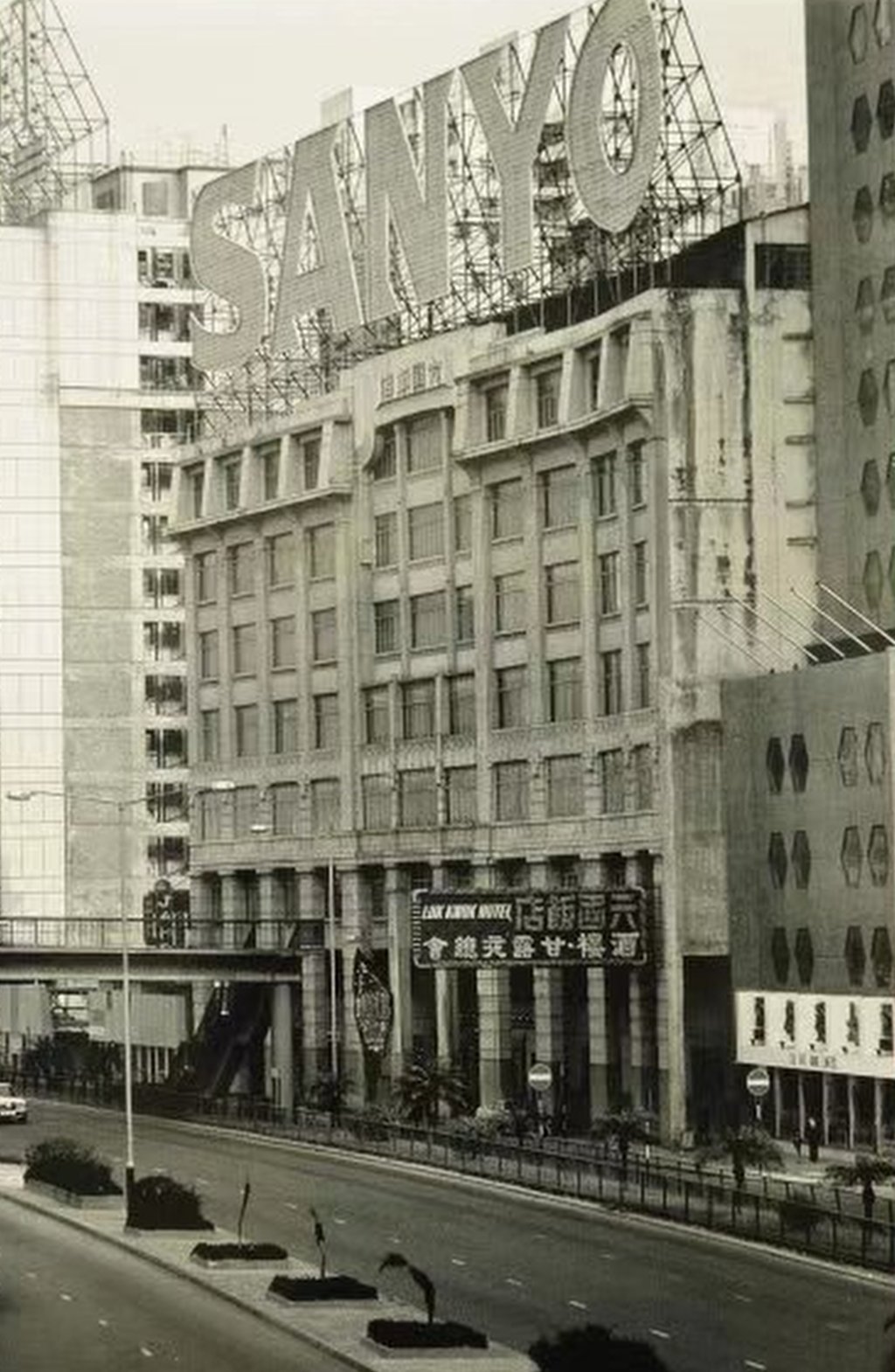My Hong Kong | ‘Time travel’ tourism in Hong Kong – could it be the boost the city needs to attract more international visitors?
- By combining history, technology and entertainment, ‘time travel’ tourism could become a captivating and innovative attraction that sets Hong Kong apart
- A futuristic ‘Time Travel Hub’ using cutting-edge tech like VR and holograms could transport participants to significant periods in Hong Kong’s rich history

I had the opportunity to attend the recent 90th-anniversary celebration of the Gloucester Luk Kwok Hong Kong, formerly known as the Luk Kwok Hotel, and it unexpectedly took me on a nostalgic journey down memory lane.
Situated in the lively district of Wan Chai, it has a rich history and played a significant role in Hong Kong’s colonial past.
Wan Chai, known for its vibrant nightlife, has always been a hub of activity, particularly for sailors who frequented the area for relaxation and amusement during their shore leave when Hong Kong was a bustling port for Britain and the US.
The hotel has played a pivotal role in this lively nightlife scene throughout the years with its proximity to Lockhart Road – the epicentre of the area’s entertainment.

One notable connection between Luk Kwok and the city’s history is its association with the Hollywood movie, The World of Suzie Wong.
